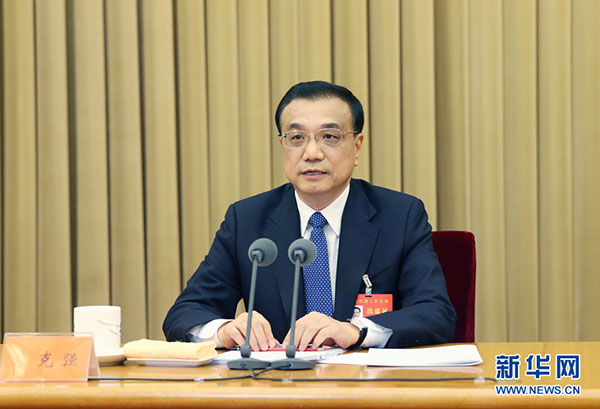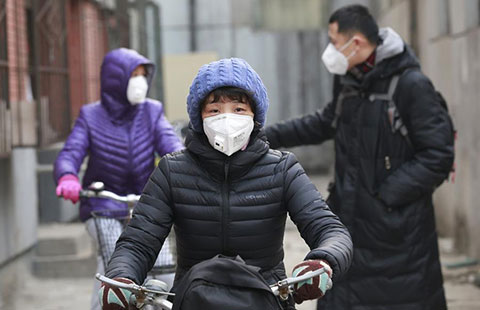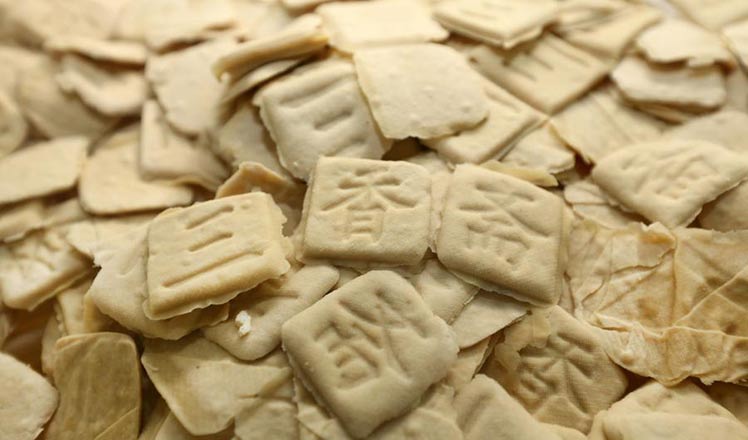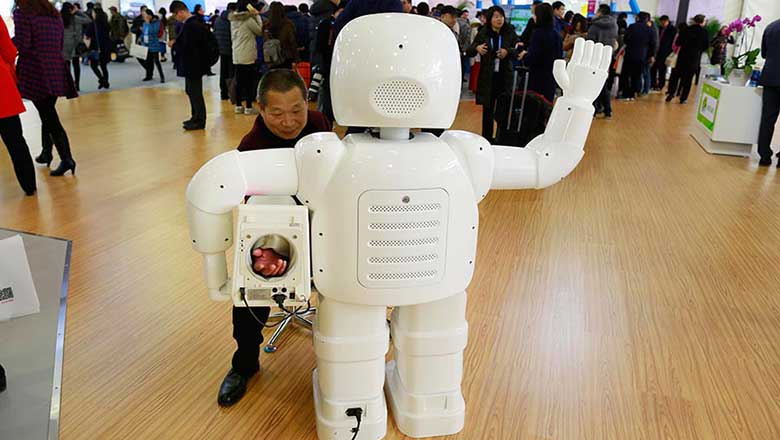China unveils economic blueprint for 2016
Updated: 2015-12-22 07:13
By CHEN JIA(China Daily)
|
||||||||
 |
|
Chinese Premier Li Keqiang speaks at the Central Economic Work Conference in Beijing. The conference was held in Beijing from Dec 18 to Dec 21.[Photo/Xinhua] |
The other is to use institutional reforms and innovation-not merely financial stimulus measures-to boost growth, such as subsidized sales of empty housing to migrant workers from rural areas.
The magazine said the more important supply-side reform is to continue to streamline the government's administrative power over business and to provide policy-level convenience for private entrepreneurs.
Ba Shusong, chief economist at the China Banking Association, said it was the first time that top leaders had raised supply-side reform as guidance for the future and for all restructuring efforts.
Guan Quan, a professor at the School of Economics at Renmin University of China, said supply-side reform inevitably focuses on long-term structural change rather than short-term stimulus. "It is a strategy leading more directly to higher productivity and lower operational costs," Guan said.
Industries that cannot satisfy market demand will be upgraded. Those related to consumption, logistics, medical and healthcare will probably see stronger growth, Guan added.
Qu Hongbin, chief China economist at HSBC Holdings, said China's supply-side reform is likely to continue to 2020, adding, "Urbanization, industrial upgrading, financial liberalization and green investment will be the top priorities."
Zhu Haibin, chief China economist at JPMorgan Chase, said that by promising a series of supply-side reform efforts, China has sent "a very positive signal".
What supply-side reform involves
China used to rely on three major forces to drive economic growth-investment, exports and consumption, which are classified as the demand side.
As the effectiveness of boosting growth in the demand side wanes, the government has started to reform the supply side, or the supply and effective use of production factors, including funds, resources, skilled workers, equipment and technologies.
The reform aims to accelerate economic growth by freeing up productivity and raising supply-side competitiveness. Measures will include cutting excess industrial capacity, reducing housing inventories and cutting production costs with police support.
- Iraq holds its first beauty contest in 40 years
- Libyan factions sign UN deal to form unity government
- World's refugees and displaced exceed record 60 million
- No specific, credible terror threats against US: Obama
- UN Security Council adopts resolution to cut off Islamic State funding
- California shooters' ex-neighbor charged with supporting terrorists

 Life of a family amid Beijing's red alert smog
Life of a family amid Beijing's red alert smog
 The world in photos: Dec 14 - 20
The world in photos: Dec 14 - 20
 Beijing chokes under red alert smog once again
Beijing chokes under red alert smog once again
 Jiangsu's dried bean curd packed with history and taste
Jiangsu's dried bean curd packed with history and taste
 External coffin lid of 2,000-year-old Chinese tomb opened
External coffin lid of 2,000-year-old Chinese tomb opened
 First Miss Iraq named in decades
First Miss Iraq named in decades
 Iraq holds its first beauty contest in 40 years
Iraq holds its first beauty contest in 40 years
 Highlights at the Light of the Internet Expo
Highlights at the Light of the Internet Expo
Most Viewed
Editor's Picks

|

|

|

|

|

|
Today's Top News
Shooting rampage at US social services agency leaves 14 dead
Chinese bargain hunters are changing the retail game
Chinese president arrives in Turkey for G20 summit
Islamic State claims responsibility for Paris attacks
Obama, Netanyahu at White House seek to mend US-Israel ties
China, not Canada, is top US trade partner
Tu first Chinese to win Nobel Prize in Medicine
Huntsman says Sino-US relationship needs common goals
US Weekly

|

|








